Description
Spinach – Giant Winter Organic
Spinach – Giant Winter Organic . A fine, dark green leaved early maturing variety, large in size with a spreading rather than upright habit. Extra large semi-savoyed lance-shaped leaves are cold-hardy, flavoursome and tender. Best for late summer and autumn sowing for winter and spring use. Will survive early winter unprotected, but best under a cloche or fleece during mid winter against the cold and winter birds.
Cultivation Advice
- Ensure well-draining, fertile soil enriched with organic matter. Aim for a slightly acidic to neutral pH level between 6.0 and 7.0.
- Work in compost or well-rotted manure into the soil before planting to provide necessary nutrients.
- Giant Winter Organic spinach is ideal for late-season planting or for overwintering in regions with mild winters. Plant seeds about 6-8 weeks before the first expected frost date.
- Sow seeds directly into the ground about half an inch deep and 2-3 inches apart in rows or clusters. Ensure the location receives full sun to partial shade.
- Keep the soil consistently moist, especially during germination and early growth stages. Water deeply but avoid waterlogging to prevent root rot.
- Apply a layer of organic mulch around the plants to help retain soil moisture and regulate temperature. Mulch also protects the plants during colder weather.
- Consider using row covers or cold frames to protect the spinach during freezing temperatures, especially in colder climates.
- Once the seedlings emerge and develop a few true leaves, thin them to about 4-6 inches apart to give each plant enough space to grow.
- Organic fertilizers like compost or a balanced organic fertilizer can be applied during planting to provide necessary nutrients. Avoid excessive nitrogen, which can encourage leafy growth at the expense of root development.
- Monitor for pests such as aphids, leafminers, and slugs. Use organic pest control methods like neem oil or insecticidal soap if needed.
- Ensure good air circulation and avoid overhead watering to prevent fungal diseases, especially in colder and damper conditions.
- Begin harvesting outer leaves once they reach a usable size, typically around 6-8 weeks after planting. Snip leaves at the base, allowing the inner leaves to continue growing for a prolonged harvest.
- For continuous supply, consider successive plantings every few weeks. In mild climates, Giant Winter Organic spinach can be overwintered for early spring harvests.
- Enjoy your organic spinach fresh in salads, sautéed, or used in various recipes. Store unwashed leaves in the refrigerator, wrapped in a damp cloth, for a few days.
- Keep a gardening journal to note observations, successes, and challenges. This information will guide you in improving your spinach cultivation in subsequent seasons.
- In regions with harsh winters, consider using cloches or tunnels to provide additional protection against freezing temperatures. This can help extend the harvesting period.
- Check your spinach regularly for signs of nutrient deficiencies, pests, or diseases. Early detection allows for timely intervention and prevents issues from escalating.
- Water the spinach plants deeply and infrequently, allowing the soil to dry slightly between waterings. This encourages robust root development and helps prevent diseases caused by overly wet conditions.
- Companion plants like carrots, onions, or beets can help deter pests and improve overall garden health when planted alongside spinach.
- Consider side-dressing the plants with compost or a balanced organic fertilizer during the growing season to provide a steady supply of nutrients.
- Adjust the thickness of mulch as needed. Increase mulch thickness around the plants during colder weather to provide better insulation and reduce temperature fluctuations.
- When harvesting during the winter months, aim to pick the outer leaves carefully without disturbing the plant’s core. This allows the plant to continue producing new leaves.
- To save seeds for future plantings, allow some plants to bolt and produce flowers. After flowering, allow the seed pods to mature and dry before collecting the seeds.
- Consistency in care, such as watering, fertilizing, and pest management, contributes significantly to the health and productivity of your spinach plants.
- In regions with hot summers, consider using shade cloth to protect the spinach from intense sun and heat stress, especially during the peak of summer.
- Make the most of your garden space by intercropping spinach with other vegetables or herbs that have similar growth requirements.
- Gardening is a learning process. Experiment with different techniques and observe how your Giant Winter Organic spinach responds to your specific garden environment.

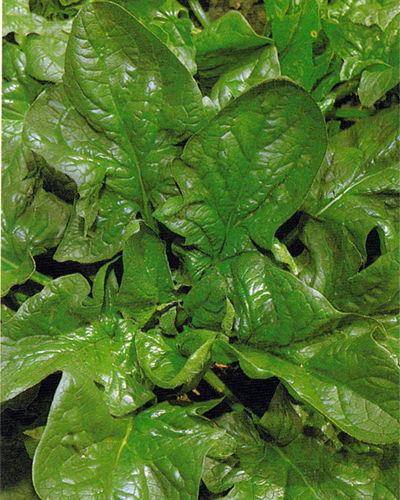
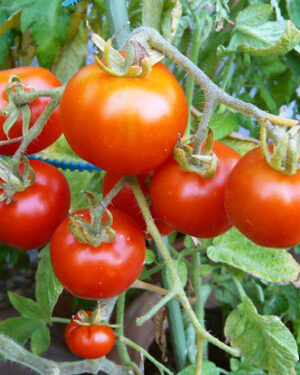

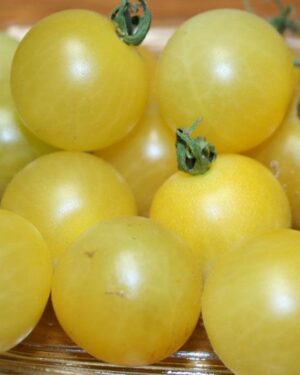
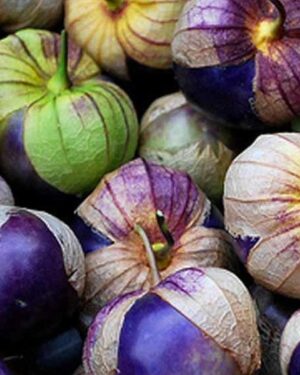

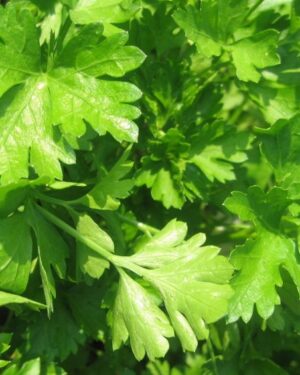
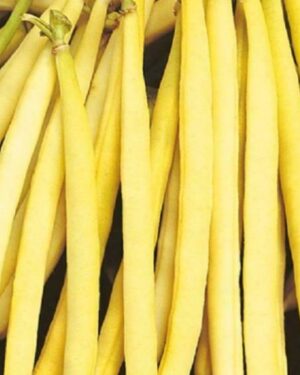
Reviews
There are no reviews yet.